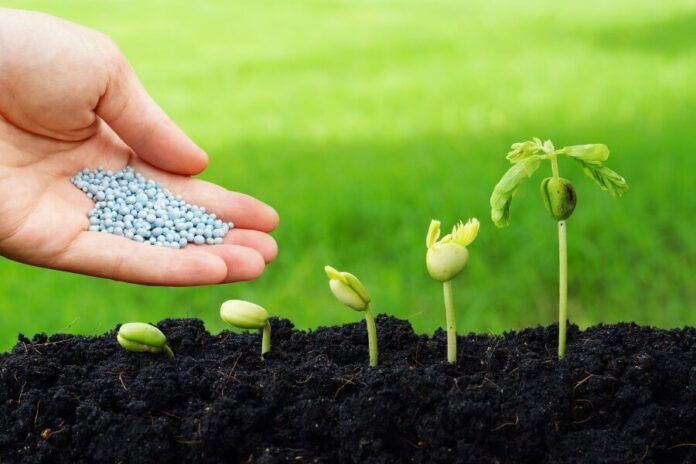LAHORE: Urea offtake for March 2020 clocked in at 303,000 tonnes, down 34pc when compared with February 2020 and 26pc when compared with March 2019.
On a cumulative basis, urea offtake decreased by 26pc YoY to 1.02 million tonnes in the first quarter of 2020, according to data released by the National Fertiliser Development Centre.
In March, the offtake of Fauji Fertilizer Company (FFC), Fauji Fertilizer Bin Qasim Limited (FFBL) and Engro Fertilizers Limited (EFERT) increased by 2.1pc, 5.5pc and 12pc, respectively. Their cumulative market share has increased by 6ppt to 81pc in 1QCY20, from 75pc in 1QCY19.
“The quarterly decline in urea sales is partly attributed to pre-buying in December by dealers and partly to the COVID-19-related lockdown, which halted sales in late March,” said a research analyst at Intermarket Securities Ltd.
Meanwhile, the offtake of diammonium phosphate (DAP) clocked in at 79,000 tonnes in March 2020, up 21pc YoY but down 10pc MoM. On a cumulative basis, DAP offtake increased by 12pc YoY to 211,000 tonnes in 1QCY20 owing to low base-effect and lower prices.
The inventory levels stood at 500,000 tonnes, less than at end-March 2019 when it was 600,000 tonnes. A major portion of DAP inventory was held by FFBL, EFERT and Fatima Fertilisers.
Industry urea inventory level increased by 4.4pc YoY and 54pc MoM, reaching 592,000 in March 2020. Lower demand amid pre-buying, delay in crop cultivation and the virus lockdown have together led to the elevated inventory levels.
According to the analyst, significantly lower LNG prices would create the room for RLNG-based fertiliser plants to operate with little subsidy intervention from the government.
“If these plants are allowed to operate for long, we expect urea inventory to rise to alarming levels, while the market share of incumbents would shrink,” he stated. “In the short run, fertiliser demand will be affected by the COVID-19 lockdown and we expect urea sales in CY20 to clock in at 5.5-5.8 million tonnes, which will be less than last year’s offtake of 6.2 million tonnes.”
























